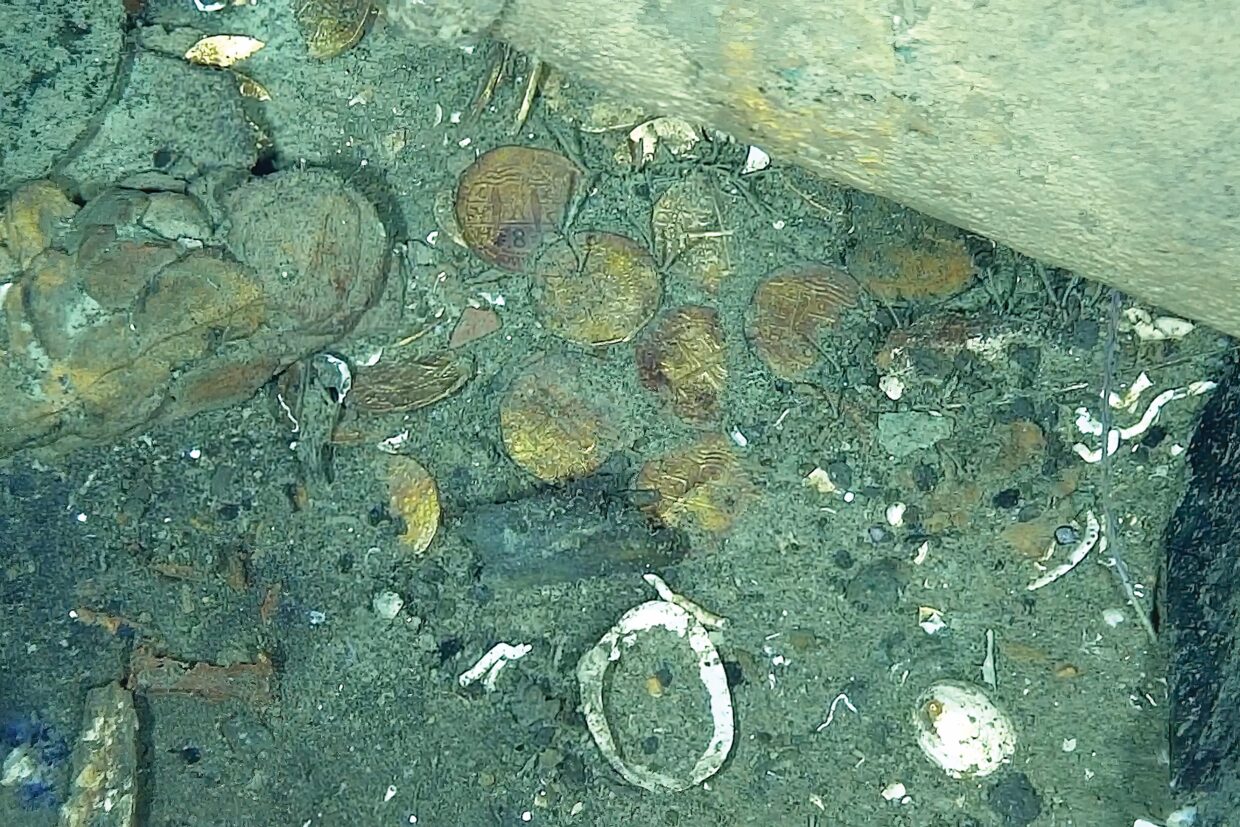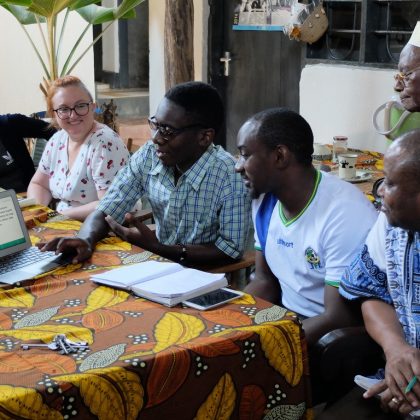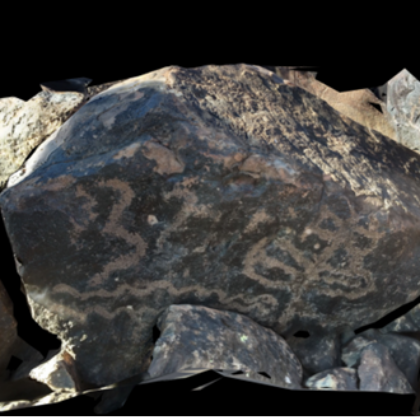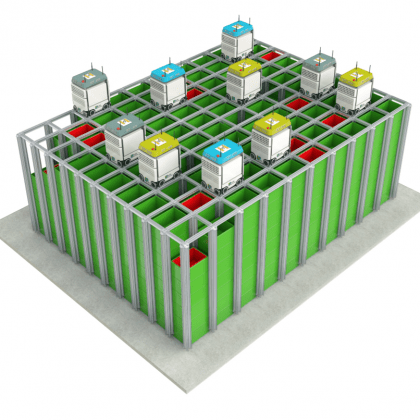Into the Heart of the San José Galleon: Where Gold Meets Archaeology
Many sites around the world have been harmed because they were targeted for profit rather than for research. When objects are valued mainly for their economic worth, we miss out on the reach and diverse stories they can tell. These material remains are not merely passive traces of the past—they are active sources of knowledge that can challenge popular or media-driven versions of history.
This tension is especially evident in the case of the San José galleon. While it is often remembered for legends of wealth and sunken treasure, recent historical and archaeological research reveals much deeper and more meaningful stories. Resting over 600 meters beneath the Caribbean Sea, this well-preserved wreck offers rare insight into daily life, trade, and conflict in the early 18th century.
Our research focuses on a group of eight 8 reales gold coins—known as macuquinas in Spanish—hand-minted in Lima in 1707 and recorded in the archaeological context of the San José shipwreck. Coins serve as precise temporal markers, helping to confirm the vessel’s identity and its role as the flagship of the Flota de Tierra Firme: one of the colonial Hispanic fleets. More importantly, by centering the analysis on the historical narratives these artifacts hold, our work demonstrates how objects can carry highly specific and contextualized information. The San José invites us to rethink history through tangible material evidence—stories stamped into every artifact, waiting to be interpreted.
Thanks to advanced non-intrusive imaging and photogrammetry technologies, researchers have been able to carefully observe and document the coins’ inscriptions without disturbing the site. This shows how robotics, archaeology, marine science and conservation can collaborate using innovative methods to reveal fine details on small artifacts—all while protecting this underwater cultural heritage.
As archaeologists and Colombians, we recognized the uniqueness of this site and the rare opportunity to work with such complete and well-preserved artifacts—an incredible advantage in a field where fragmentation and loss are often the norm, especially in Caribbean waters. Equally important, the site provides a broader understanding of South America’s role in trade and its deep connections to both the Caribbean and the Pacific worlds.

Hoard area in the port section of the stern, showing the obverse and reverse faces of coins, as they were observed on the seabed (credit: ARC-DIMAR, 2022)
Since 2024, a Colombian-led interdisciplinary team, made up of various public institutions and supported by advanced deep-sea technologies from the Colombian Navy, has been conducting the first systematic investigation of the San José shipwreck. This work takes place within a legally protected archaeological area.
Our project, Hacia el Corazón del Galeón San José (Into the Heart of the San José Galleon), aims to understand the natural and human factors that have shaped the site’s formation, while safeguarding its cultural and historical significance.
There is growing recognition that heritage is fundamentally social and public—meaning it belongs to everyone, not just private interests. This awareness is accompanied by an increasingly open dialogue between researchers and government institutions.
While our recent research has focused on the remarkable group of 8 reales gold coins, the San José’s material culture also includes additional gold objects, coins of various denominations, and a range of artifacts related to daily life and shipboard activity. Together, these materials offer valuable insights into early 18th-century maritime life, naval architecture, and transatlantic trade. They also support new archaeological and historical interpretations of the ship’s final voyage and sinking.
This publication is just a small step within a long-term, multidisciplinary research project that approaches the San José Galleon as a complex archaeological site. Through sustained collaboration, technological innovation, and a commitment to scientific rigor, we aim to deepen our understanding of its natural, historical, material, and cultural dimensions—reframing the wreck as a key site for archaeological inquiry in Colombia.
Read the associated research here: The cobs in the archaeological context of the San José Galleon shipwreck by Daniela Vargas Ariza, Antonio Jaramillo Arango, Jesús Alberto Aldana Mendoza, Carlos Del Cairo Hurtado and Juan David Sarmiento Rodriguez (out now, via FirstView, in Antiquity).






